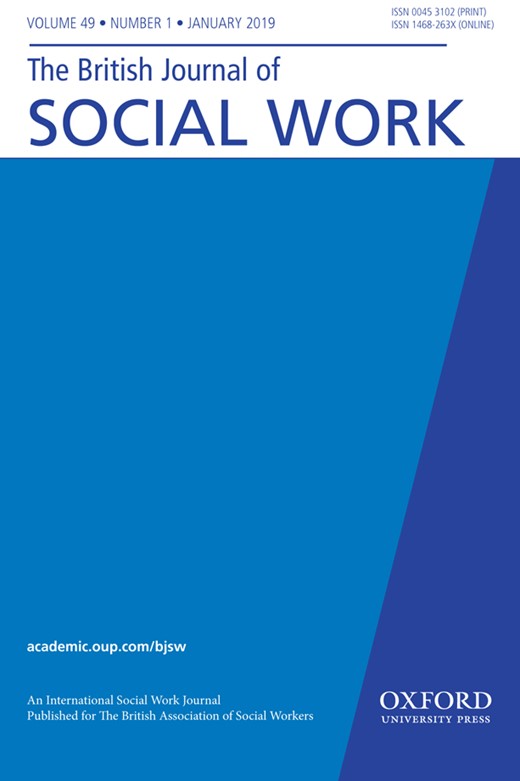-
Views
-
Cite
Cite
Nicky Stanley, Khatidja Chantler, Rachel Robbins, Children and Domestic Homicide, The British Journal of Social Work, Volume 49, Issue 1, January 2019, Pages 59–76, https://doi.org/10.1093/bjsw/bcy024
Close - Share Icon Share
Abstract
In England and Wales, Domestic Homicide Reviews (DHRs) are completed following domestic homicides. They provide multi-agency accounts of families living with domestic violence and abuse (DVA) and their interactions with services. This study addressed children’s involvement in domestic homicide. We analysed all DHRs where there were children under eighteen among those published in 2011–16. This yielded a sub-sample of fifty-five DHRs from a total of 142 reports. The extent of children’s exposure to homicide varied, with some directly witnessing the homicide, viewing the aftermath or calling for help. DHRs provided limited information on children’s needs or their future care and children were only rarely involved in the review process itself. Nearly a third of reports identified that children had previous experience of DVA and contact emerged as a means of sustaining control and intimidation. There was evidence of blinkered vision among professionals who missed indicators of DVA and failed to engage with perpetrators or listen to children. Practitioners need training and assessment tools that direct their attention onto children and knowledge of resources that enables identification of need and appropriate referrals. Law and practice should address children’s involvement in the DHR process and the risks embedded in child contact.




